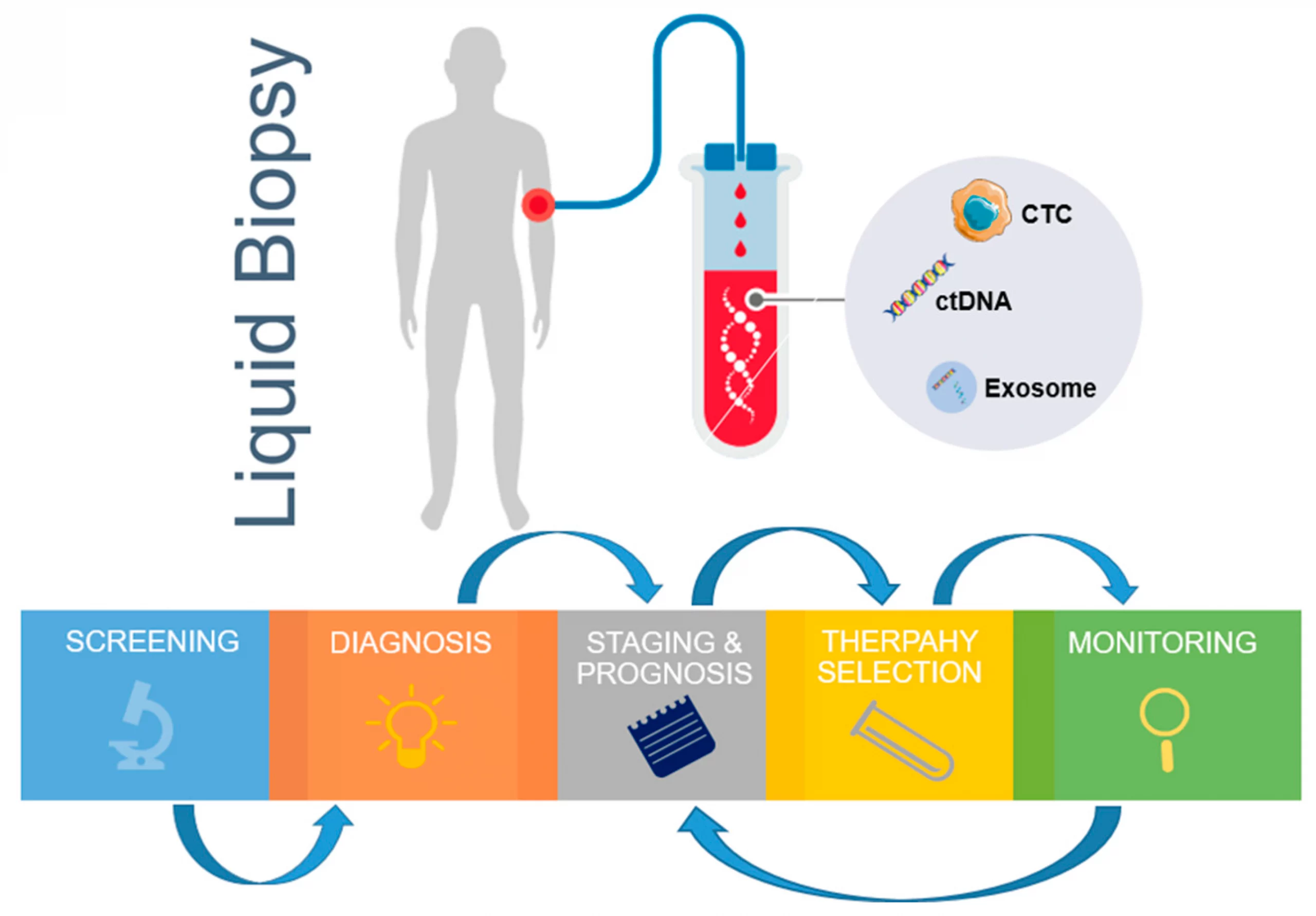
When a patient has cancer, cell-free tumor DNA circulates in the blood and can be detected in a peripheral blood sample. This is known as a “liquid biopsy,” and it has become a routine practice in oncology, greatly facilitating detection of residual disease. A recent study published in The New England Journal of Medicine demonstrates its value for decisions about chemotherapy.
The study, by Tie et al., is titled “Circulating Tumor DNA [ctDNA] Analysis Guiding Adjuvant Therapy in Stage II Colon Cancer”. As the accompanying editorial points out, “Colon cancer is the third most common cancer worldwide and the second leading cause of cancer-related death”. Patients with stage II colon cancer who have had surgery intended to cure it are 18 times as likely to have a relapse if ctDNA is detectable. Similar results have been seen in other types of cancer. The test has high specificity and sensitivity.
Surgery is curative for 80% of patients with stage II colon cancer. Guidelines recommend adjuvant chemotherapy for high-risk patients based on clinical features. The benefit of adjuvant chemotherapy for these patients is unclear. It benefits fewer than 5% and exposes many other patients to the toxic effects of an unnecessary treatment. Before liquid biopsies, there was no satisfactory way to predict which patients were likely to benefit.
The new study was large, prospective, randomized, and well-designed. It set out to answer two questions:
- Is ctDNA-guided management noninferior to standard management guided by clinical risk factors? The primary endpoint was 2-year recurrence-free survival.
- Would less chemotherapy be used with the ctDNA-guided approach?
The answers to both questions were a resounding “YES.”
Results
The recurrence-free survival was 93.5% with ctDNA-guided management and 92.4% with standard management. Chemotherapy use was indicated for 15% of patients in the ctDNA-guided group and 28% in the standard-management group. As the editorial authors put it: “biology outperforms anatomy.”
Conclusion: Liquid biopsies are an invaluable tool for oncologists
They can detect residual disease in cancer patients who were thought to have been cured by surgery. And they can guide appropriate individualized decisions about chemotherapy, providing it where needed but sparing those patients who would not benefit. There are still many questions about the details and about other types of cancer, but this trial was an excellent start, and further research will be ongoing. A great example of science in action.

